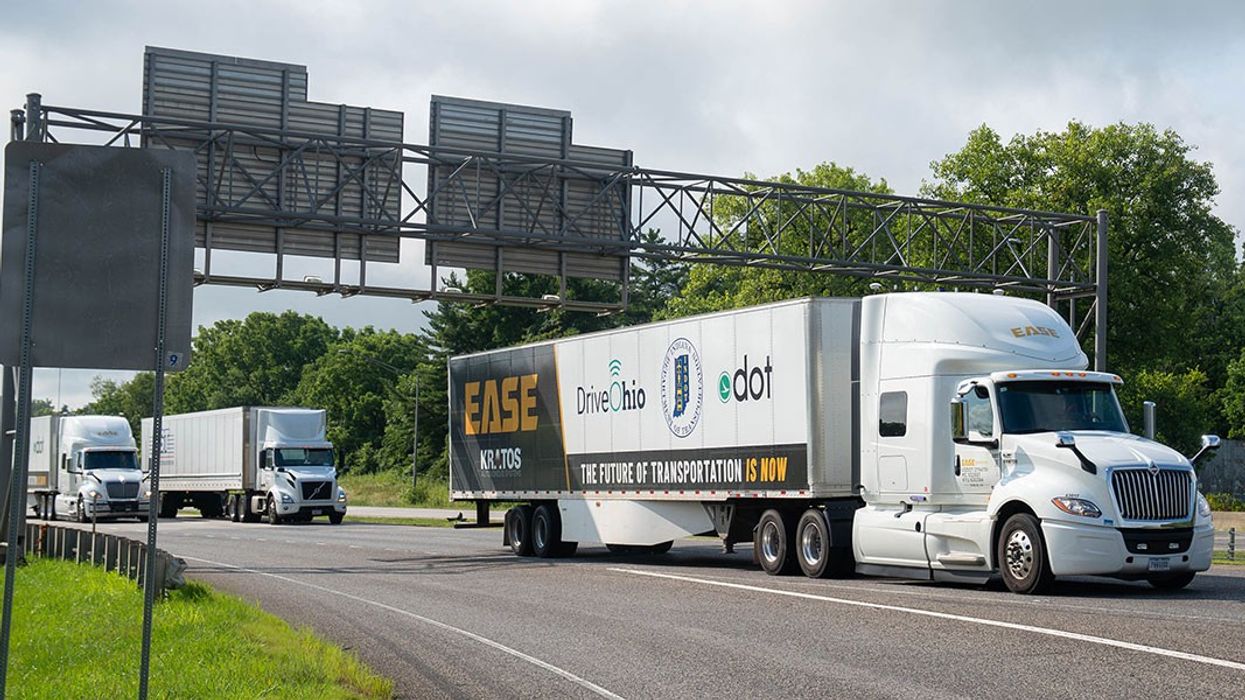In today’s fast-paced world, ensuring the security of assets and sensitive information is paramount for homeowners and renters alike. One crucial aspect of security is emergency access permissions for management. This concept refers to the authorization protocols that allow management to access secured areas or information during emergencies. Understanding how these permissions work can help individuals and organizations maintain security while ensuring accessibility when it matters most.

What Are Emergency Access Permissions?
Emergency access permissions are predefined rights granted to specific individuals, usually management or security personnel, to access restricted areas or information during critical situations. These permissions are essential for maintaining operational continuity and safety during unforeseen events.
The Importance of Emergency Access Permissions
In emergency scenarios, such as a fire, medical emergency, or security breach, quick access to secured areas can prevent injury, loss of property, or data breaches. Having a robust system of emergency access permissions ensures that authorized personnel can act swiftly and efficiently.
Ensuring Security and Accessibility
Balancing security and accessibility is crucial. Too much restriction can delay response times, while too much access can lead to potential security risks. Implementing a well-thought-out emergency access system is key to maintaining this balance.
Who Needs Emergency Access Permissions?
Typically, management personnel, security staff, and emergency responders require emergency access permissions. These individuals are trained to handle critical situations and can make informed decisions during emergencies.
Implementing Emergency Access Permissions
Implementing an effective emergency access permissions system requires careful planning and execution. Here are steps to consider:
Identify Key Personnel
Determine which individuals in your organization require emergency access. This usually includes management, security, and other key personnel who are responsible for safety and operations.
Establish Clear Protocols
Create clear and concise protocols outlining when and how emergency access permissions can be used. This includes defining what constitutes an emergency and the process for activating these permissions.
Invest in Secure Technology
Utilize technology such as biometric systems or secure keycards to manage emergency access. These technologies provide a secure and efficient way to manage who can access specific areas during emergencies.
Challenges in Managing Emergency Access Permissions
While emergency access permissions are essential, managing them can be challenging. Here are some common challenges:
Maintaining Up-to-Date Access Lists
Ensuring that access lists are current is crucial. Regularly update these lists to reflect changes in personnel or roles within the organization.
Training and Awareness
Training staff on emergency access protocols is vital. Regular drills and training sessions can ensure everyone knows their role during an emergency.
The Role of Technology in Emergency Access
Technology plays a significant role in managing emergency access permissions. Advanced systems like biometric scanners and secure keycards can streamline the process, ensuring quick and secure access during emergencies.
Biometric Systems
Biometric systems, such as fingerprint or retina scanners, offer a high level of security. They ensure that only authorized personnel can access restricted areas, even during emergencies.
Secure Keycards
Secure keycards are another effective method for managing emergency access. These cards can be programmed to provide access only during emergencies, ensuring security is not compromised.
Best Practices for Emergency Access Permissions
Adopting best practices can enhance the effectiveness of your emergency access permissions system:
Regular Audits
Conduct regular audits of your emergency access system. This includes reviewing access logs and ensuring protocols are followed correctly.
Clear Communication
Ensure that all staff members understand the importance of emergency access permissions and the protocols associated with them. Clear communication can prevent misunderstandings during emergencies.
Conclusion
In conclusion, emergency access permissions for management are a critical component of any organization’s security strategy. By understanding and implementing these permissions effectively, you can ensure the safety and security of your assets and personnel during emergencies. For more insights on managing access permissions, you can refer to [this article](https://springfieldmolocksmiths.com/tips-for-weekend-office-lockout-situations/) here.

FAQs
What are emergency access permissions?
Emergency access permissions are predefined rights granted to certain individuals to access restricted areas during emergencies.
Who can have emergency access permissions?
Typically, management, security personnel, and emergency responders are granted emergency access permissions.
Why are emergency access permissions important?
They ensure quick and efficient access during emergencies, preventing injury, loss of property, or data breaches.
This article contains affiliate links. We may earn a commission at no extra cost to you.






